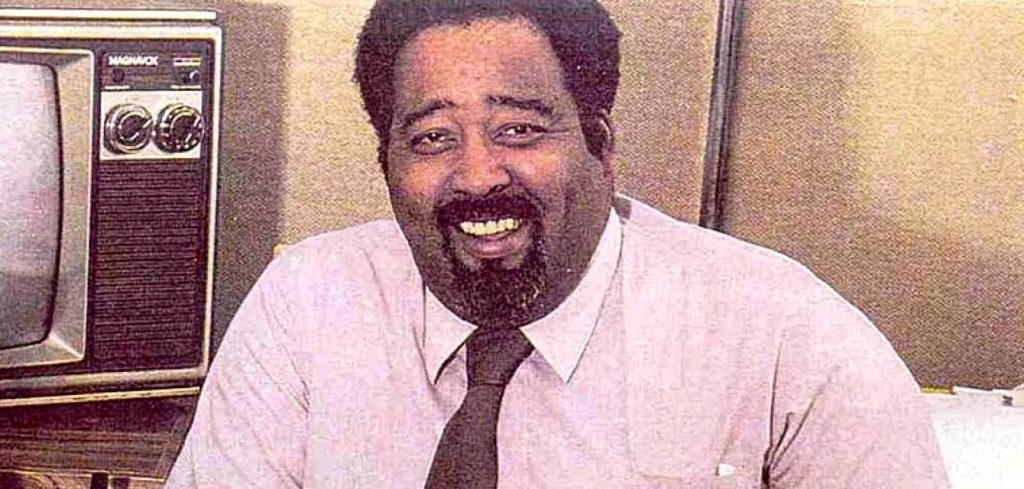If you’ve read the book or seen the film Hidden Figures, you’ll know all about the story of how a group of pioneering black women were the unsung heroes behind a US space mission in the 1960s.
In the video game world, there has been a similar lack of recognition for the work of people of colour in the industry’s early days. While the likes of Steve Jobs and Bill Gates have been identified as technological pioneers, many others’ work has gone largely uncredited.
This article looks at some of the brightest, yet undervalued, minds behind the evolution of one of the most popular entertainment industries.
Muriel Tramis
Our first pioneer is Muriel Tramis, who was a woman of many talents. A talented writer, she found a way to combine this creativity with her technical know-how that she learned while programming military drones in her native Martinique.
Backed up an open-minded boss, she co-wrote and directed Méwilo, a 1987 Atari game that used Martinique as a key inspiration. She became the first-ever black female game designer in the process and spent 17 happy years at the company behind the project, Coktel Vision.
After leaving the company in 2003, she focussed on another ambition of hers: to create her own game development studio. Her first game from this project, due for release soon, is centred around black heroes and depicts the present form of skin-based prejudice in the world.
Tramis received France’s Legion d’honneur in 2018 when she stated her desire to see more women in the gaming industry. After all, according to her, ‘if women represent 50% of digital users, then 50% of engineers and designers should be female’. What a pioneer.

Ed Smith
Nowadays, gaming technology is everywhere. We can play the latest video games on our tablets, or casino games on our phones while we commute if we so choose. But back in the ‘70s, it was a very different story.
In 1975, New York-based APF Electronics released TV Fun, a console inspired by Atari’s classic game Pong. The gaming tech was basic, but it was a smash hit, racking up sales of 400,000 units in its first year.
Fuelled by their success, they started to look at game-changers, products that would revolutionise the industry, which is where Ed Smith comes in. Smith is another of our pioneers who was known for his engineering skills, including developing schematic diagrams and game testing, and with his key help, the company developed the Imagination Machine – a hybrid console and home computer system.
The product was ahead of its time but couldn’t withstand the famous ‘video game crash’ of the early ‘80s. Smith had to go and work in other areas after the market imploded, but he pursued a career in tech sales and wrote a book called Imagine That!, which tells the story of his tough upbringing.
Today Smith’s innovative work with the Imagination Machine continues to inspire modern consoles, and industry experts consider him to not just be a pioneer, but an icon of the gaming world.
Jerry Lawson
Unlike Ed Smith, Jerry Lawson’s achievements have been given some mainstream attention. He appeared in Netflix’s High Score documentary which told the story of video games in the USA – a fitting tribute to a man who played such an important role as a pioneer of the video game industry.
Lawson was part of Silicon Valley’s ‘Homebrew Computer Club’, a group that also counted Steve Jobs and Steve Wozniak among its members. Around the same time that Apple and Microsoft were starting out, he was designing and developing one of the first-ever game consoles – the Channel F machine. This work also led him to play a key role in inventing the game cartridge, an item that revolutionised how games were made and sold.
Later, Lawson founded Video Soft, a firm that created games for the Atari 2600. However, the games were never released due to the video game crash. It led Lawson to seek work elsewhere and meant that his great work never came to light until several decades later.
His son, Anderson, recently spoke about how difficult it must have been for him to get recognition in an industry dominated by white people. He marked him out as a pioneer for the video game industry and an inspiration for young people of colour today to get involved in the gaming industry and continue to do good work. According to recent figures, only 2% of US game developers identify as black.

Gladys Mae West
Black females in rural Virginia were not supposed to go to university in the 1940s, at least according to local beliefs. Our final pioneer, Gladys Mae West defied this notion, though, by graduating from the State University at the top of her class. She went on to earn a master’s degree in Mathematics and then a PhD in public administration and policy affairs.
The US Navy soon picked up on her talent. They hired her as a programmer, where she worked with satellite data systems. Her analysis led to the most accurate models of the planet up to that point, and it laid the groundwork for modern GPS as we know it.
Why is this relevant to computer games? Well, think of Pokémon Go, Minecraft Earth, or any game that relies on GPS technology. West’s work is behind all of it, and the tech world wouldn’t be the same without her pioneering these new technologies.
For even more pieces like this feature, click right HERE.